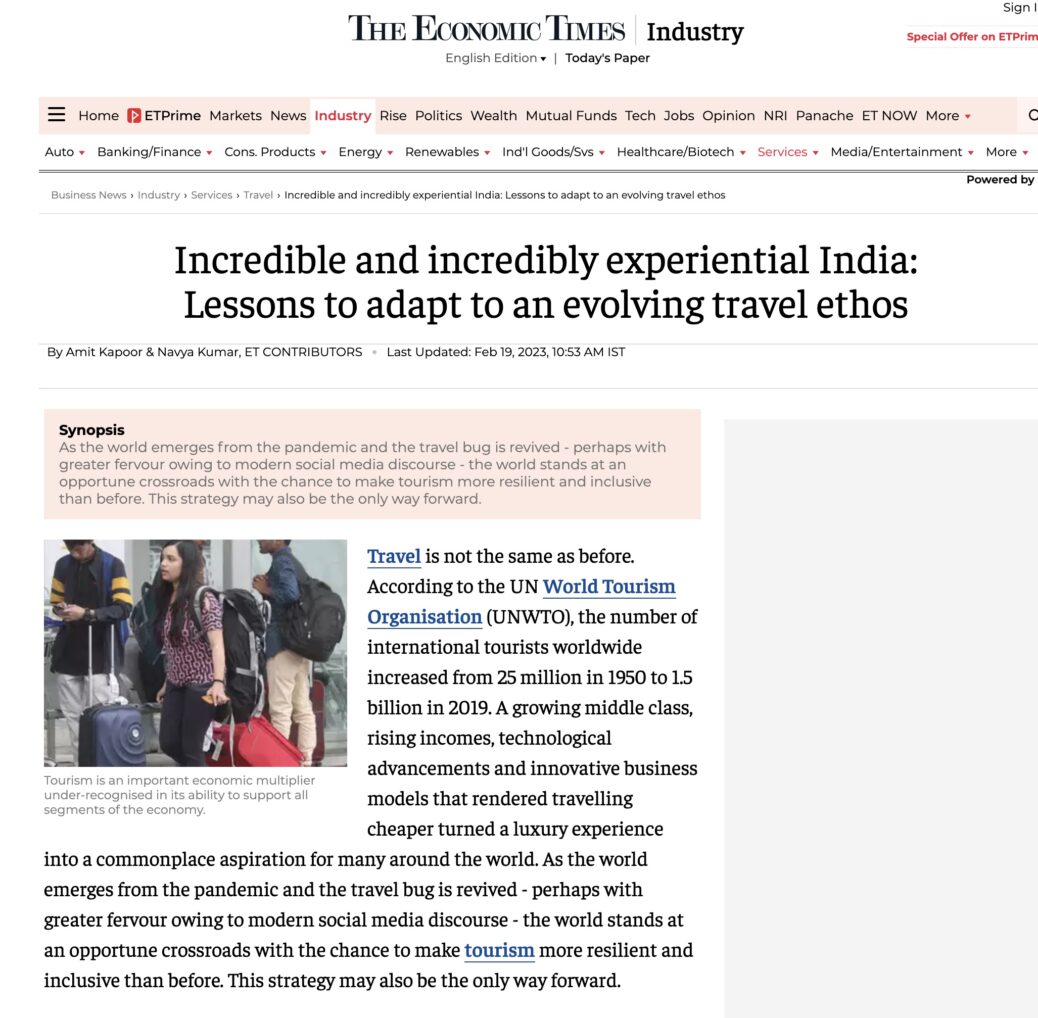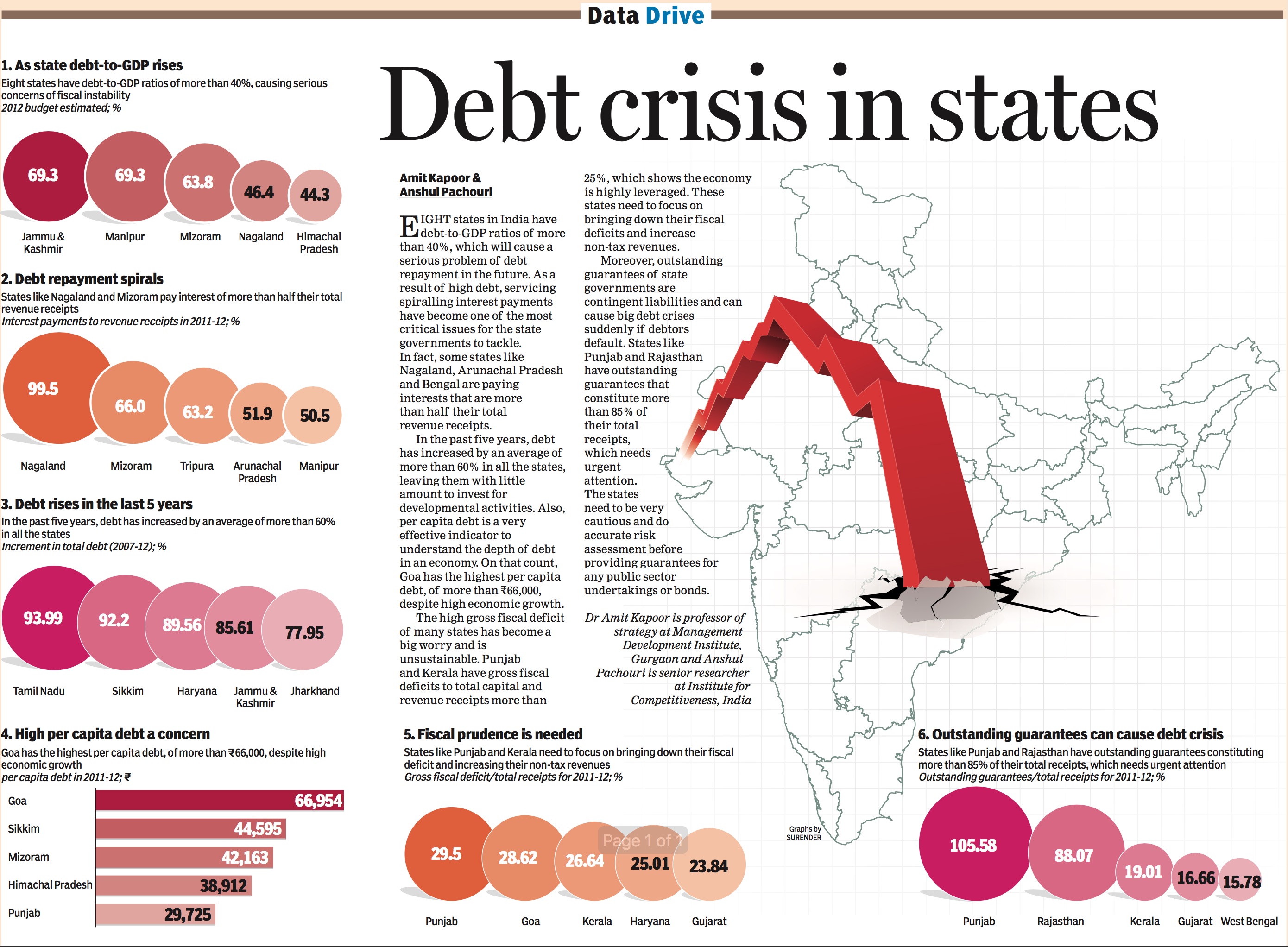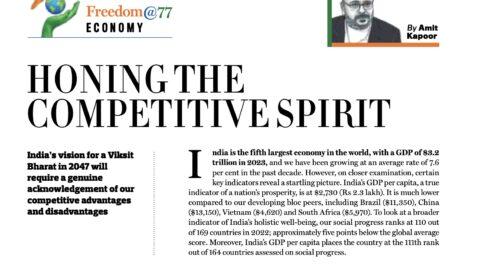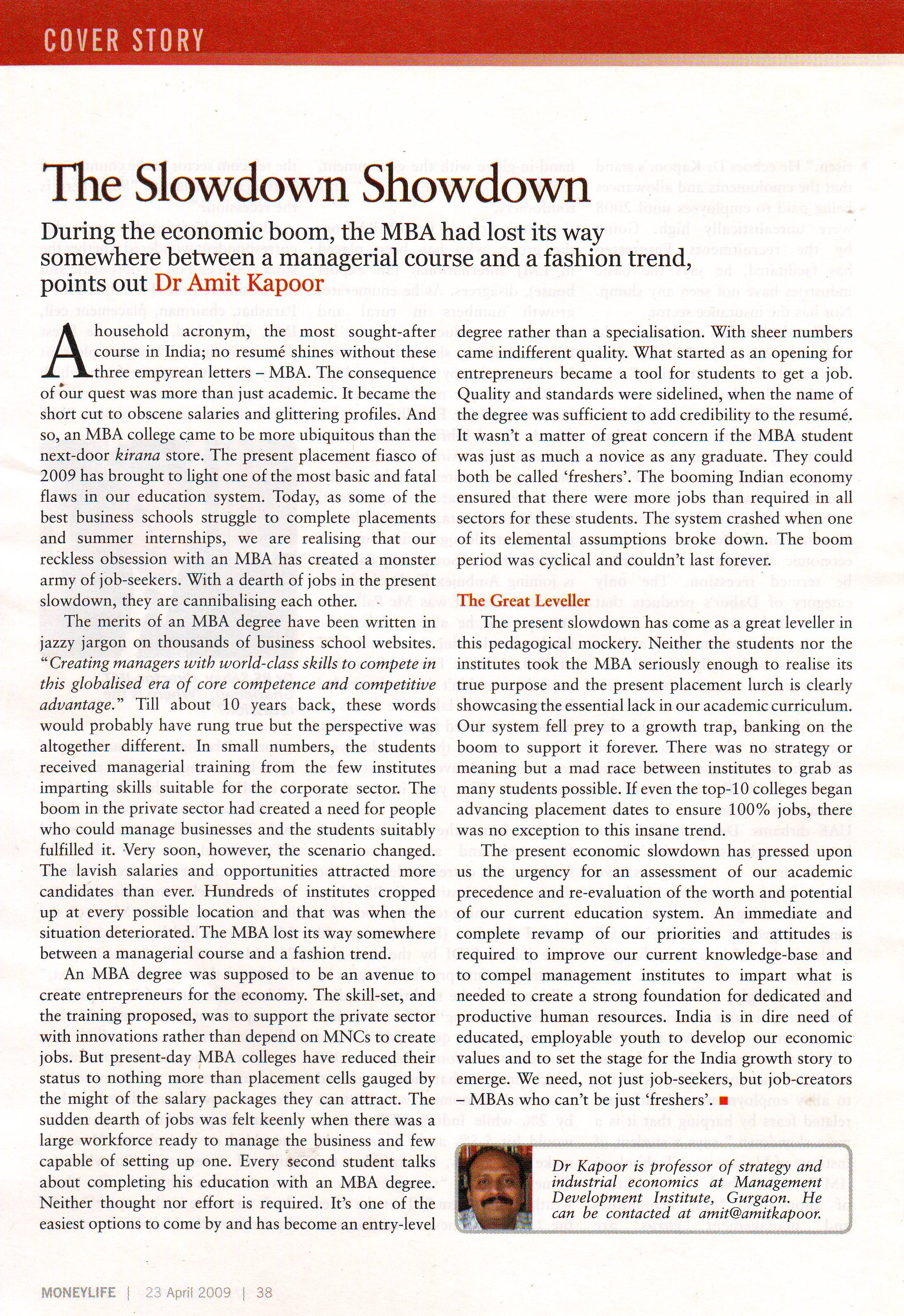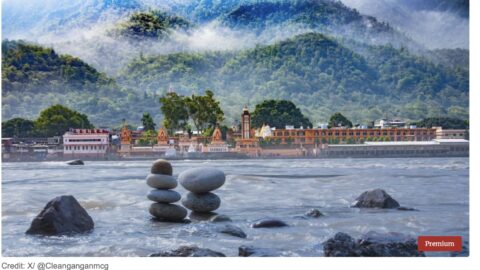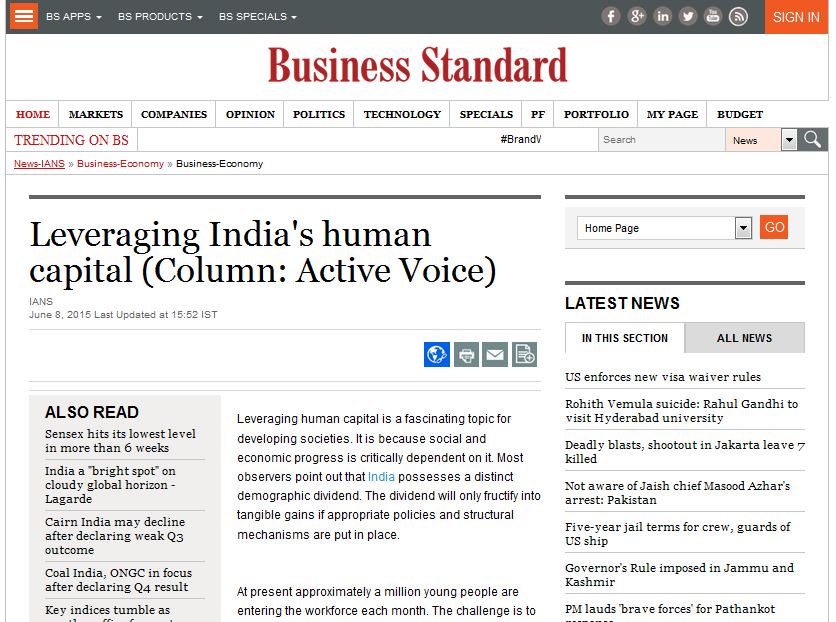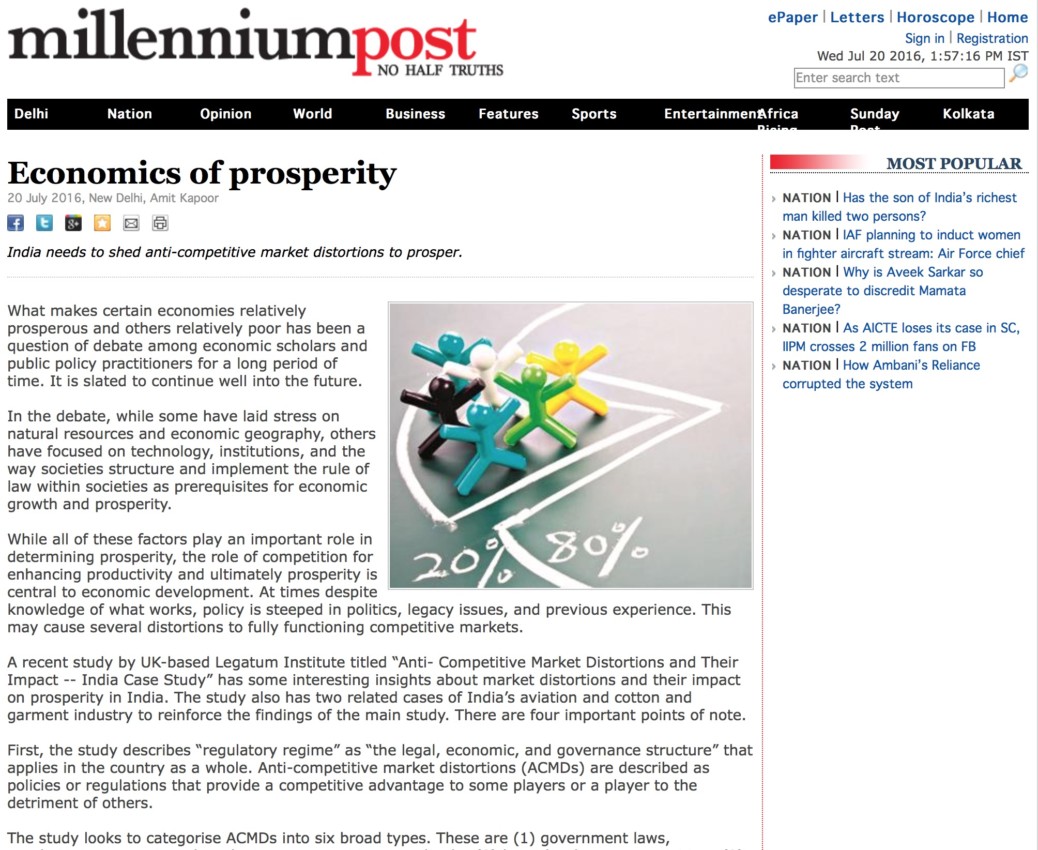Incredible and incredibly experiential India: lessons to adapt to an evolving travel ethos
Travel is not the same as before. According to the UN World Tourism Organisation (UNWTO), the number of international tourists worldwide increased from 25 million in 1950 to 1.5 billion in 2019. A growing middle class, rising incomes, technological advancements and innovative business models that rendered travelling cheaper turned a luxury experience into a commonplace aspiration for many around the world. As the world emerges from the pandemic and the travel bug is revived – perhaps with greater fervour owing to modern social media discourse – the world stands at an opportune crossroads with the chance to make tourism more resilient and inclusive than before. This strategy may also be the only way forward.
Union Minister for Culture and Tourism, G Kishan Reddy, reports that the foreign tourist footfall for India is now 75 per cent of the pre-pandemic level and a full recovery is expected by December 2023. The Tourism and Hospitality industry is one of the largest service industries in the country. A sizable 78.7 per cent year-on-year increase brought the sector’s total budget to ₹2,400 crores this year. According to the World Travel & Tourism Council (WTTC), India ranked 6th in the world based on the metrics of Travel and Tourism’s total contribution to GDP in 2021. The tourism sector is projected to contribute USD 512 Bn to India’s GDP by 2028 and create 53 Mn jobs by 2029.
A capital-intensive and multi-sector industry, tourism and travel is an important economic multiplier under-recognised in its ability to support all – primary, secondary and tertiary – segments of the economy. India has not been covert about its intent to leverage the sector as a driver of economic growth. The Ministry of Tourism launched the Visit India Year 2023 initiative to advertise India as an all-year-round destination. More than one lakh foreign dignitaries are expected to travel to the country owing to India’s incumbent G20 presidency, and there doesn’t seem to be a better time to push the tourism agenda. The industry is also one of the biggest employers of women in the workforce, implying that improvements in regulation and formalisation of labour in this sector can positively impact gender and economic equality.
Not only that, tourism shapes city branding that can attract foreign investment and other diplomatic opportunities. The first G20 Tourism Working Group under India’s G20 presidency met in the Rann of Kutch recently and discussed the industry’s role in advancing the 2030 sustainable agenda, the greening of the industry, youth employment and entrepreneurship, and nurturing tourism MSMEs to boost dynamism in the sector. Travel is a peep into the essence of a country. The ongoing cultural shift towards experiential tourism – a more immersive mode of travel where one engages actively with the local people and sociocultural milieu – enhances this ethos of ‘travelling-to-know’. Rural and Eco-tourism emerge as attractive prospects. The outcomes of this process of image-making can impact India’s soft power and, consequently, global leadership capacity in the years to come.
A more immersive travel experience demands a holistic approach. Rather than visiting a city or state for one or two odd attractions or heritage sites, although those act as initial incentives, visitors now place more focus on experiencing the overall region. In an incredibly inventive move, India has proposed an adaptive policy tactic. Officials divulged that tourism offerings would be customized based on the visiting country’s profiles. The aim is to highlight commonalities, shared cultures or historical diplomatic ties between India and different countries and tailor India’s selling point for differing customers. The strategy is symbolic of India’s diverse and varied cultures, wildlife, and people, underscoring that no-size-fits-all.
This granularity can be further analysed to formulate effective policies; In 2021, close to 40 per cent of foreign tourist arrivals were part of the Indian Diaspora, which signals an opportunity to enrich and market domestic tourism. 21.2 per cent travelled for medical purposes, and 12.1 per cent came for business. The age distribution of foreign visitors has been unchanged for most of the decade. 2021 saw the majority of arrivals aged between 45-54 years (21.8%) followed by 35-44 years (21%). Despite the high number of medical purpose visits, those aged 65 and above captured the lowest share of foreign travellers (6.4%). Accessibility and safety concerns for the less agile may be a potential reason. A data-driven approach and a keen understanding of who travels and for what purpose would make for an extremely capable and robust travel landscape.
Notwithstanding the tourism industry’s positive spillover on inter-related segments, the risks associated with over-tourism, such as environmental degradation and overcrowding, cannot be understated. To ensure the success of India’s tourism initiative, it is essential for a responsive system to be in place that can align the expectations and demands of short-stay tourists with long-stay residents. Backward linkages to local agriculture, handicrafts, and construction activities must be established to fashion a sustainable ecosystem. Some products of global tourism – like the Madam Tussauds inaugurated in Noida in 2017 – have more cultural transferability. On the other hand, India has never retained a better global stage than the ongoing G20 coverage to promote its niche geographical indications and natural wonders to the world. An opportunity of this scale may not come by again, allowing other countries to not only know about India but experience it and consequently rebrand it.
The article was published with Economic Times on February 19, 2023.

